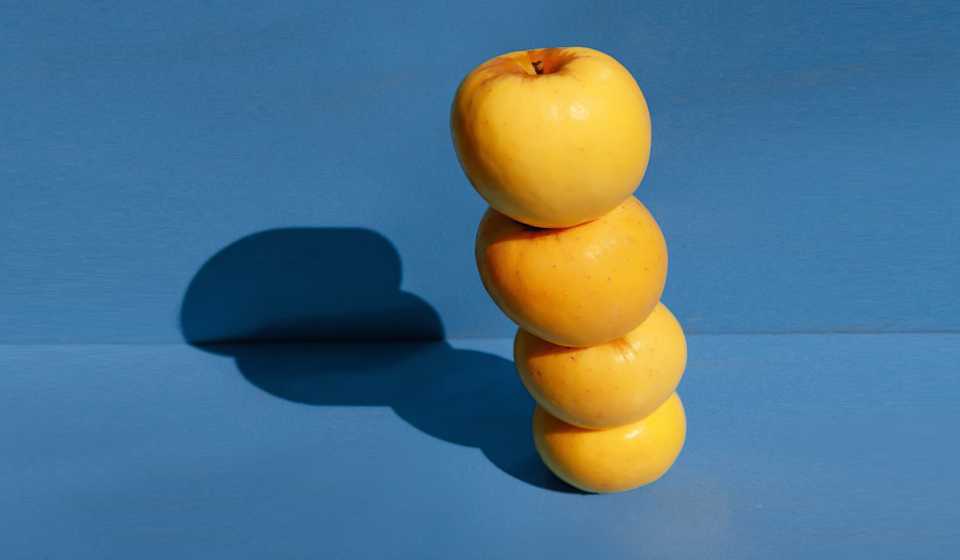On the other hand, the best form of exercise for you is probably whatever will get you inspired to stick with the habit for the long-term: whether that’s a tough spin class, an hour of yoga, long walks through your neighborhood, or a little bit of all of the above.
How diet and exercise work together
As Dr. Nima says, healthful eating habits are just one key part of a healthy lifestyle—and on the flip side, we can’t out-exercise a bad diet, either. We need both of these things, together.*
If you think about it, diet is actually a really important ingredient to a solid exercise routine. Muscle synthesis (the process of building muscle mass) wouldn’t happen without the help of macronutrients and micronutrients that we get through our diets. Again, these nutrients all play different roles in supporting our entire body, from our heart to blood to bones—we need that fuel to function properly, and that includes exercise.* (6)
Or if you’re thinking with the future in mind, you might consider those who reside in Blue Zones, aka the areas of the world where people live the longest, most healthful lives: While these regions span different cultures across the globe, two of the key things they have in common is an active lifestyle and nutrient-rich diet, largely free from processed foods. They don’t rely on one of these things without the other. (7)
The bottom line? While some of us might have a history of prioritizing one over the other, when it comes to diet vs. exercise, there’s actually no competition: They’re both important partners in a healthy routine.*
References:
- Reedy J, Lerman JL, Krebs-Smith SM, et al. Evaluation of the Healthy Eating Index-2015. J Acad Nutr Diet. 2018;118(9):1622‐1633.
- Ritual - Men’s Health Survey. November 2019. n=300.
- Ross D. Pollock, Katie A. O'Brien, Lorna J. Daniels, Kathrine B. Nielsen, Anthea Rowlerson, Niharika A. Duggal, Norman R. Lazarus, Janet M. Lord, Andrew Philp, Stephen D. R. Harridge. Properties of the vastus lateralis muscle...in master cyclists aged 55-79 years. Aging Cell, 2018; e12735 DOI:
- ten Brinke, L. F., Bolandzadeh, N., Nagamatsu, L. S., Hsu, C. L., Davis, J. C., Miran-Khan, K., & Liu-Ambrose, T. (2015). Aerobic exercise...: a 6-month randomised controlled trial. British journal of sports medicine, 49(4), 248–254.
- Warburton, D. E., Nicol, C. W., & Bredin, S. S. (2006). Health benefits of physical activity: the evidence. CMAJ : Canadian Medical Association journal = journal de l'Association medicale canadienne, 174(6), 801–809.
- Atherton, P. J., & Smith, K. (2012). Muscle protein synthesis in response to nutrition and exercise. The Journal of physiology, 590(5), 1049–1057.
- Buettner, Dan, and Sam Skemp. “Blue Zones.” American Journal of Lifestyle Medicine, vol. 10, no. 5, July 2016, pp. 318–321., doi:10.1177/1559827616637066.








